Japanese Noh Theatre
Advertisements:
[Noh, or Nogaku – derived from the Japanese word for [skill] or [talent] – is a major form of classical Japanese musical drama that has been performed since the 14th century. Many characters are masked, with men playing male and female roles. Traditionally, a Noh [performance day] lasts all day and consists of five Noh plays interspersed with shorter, humorous kyōgen pieces. However, present-day Noh performances often consist of two Noh plays with one Kyōgen play in between.
While the field of Noh performance is extremely codified, and regulated by the iemoto system, with an emphasis on tradition rather than innovation, some performers do compose new plays or revive historical ones that are not a part of the standard repertoire. Works blending Noh with other theatrical traditions have also been produced.
By tradition, Noh actors and musicians only rehearse together once, a few days before the actual performance. Generally, each actor, musician, and chorus member practises his or her fundamental movements, songs, and dances independently, under the tutelage of a senior member of the school. Thus, the mood of a given performance is not set by any single performer but established by the interactions of all the performers together. In this way, Noh could be seen as exemplifying the medieval Japanese aesthetics of transience, exemplified by the saying of Sen no Rikyu, [ichi-go ichi-e], [one chance, one meeting].
Noh masks all have names. They are carved from blocks of Japanese cypress, and painted with natural pigments on a neutral base of glue and crunched seashell. Several types of masks, in particular those for female roles, are designed so that slight adjustments in the position of the head can express a number of emotions such as fear or sadness due to the variance in lighting and the angle shown towards the audience. With some of the more extravagant masks for deities and monsters, however, it is not always possible to convey emotion. Usually, however, these characters are not frequently called to change emotional expression during the course of the scene, or show emotion through larger body language]. – Wikipedia
While the field of Noh performance is extremely codified, and regulated by the iemoto system, with an emphasis on tradition rather than innovation, some performers do compose new plays or revive historical ones that are not a part of the standard repertoire. Works blending Noh with other theatrical traditions have also been produced.
By tradition, Noh actors and musicians only rehearse together once, a few days before the actual performance. Generally, each actor, musician, and chorus member practises his or her fundamental movements, songs, and dances independently, under the tutelage of a senior member of the school. Thus, the mood of a given performance is not set by any single performer but established by the interactions of all the performers together. In this way, Noh could be seen as exemplifying the medieval Japanese aesthetics of transience, exemplified by the saying of Sen no Rikyu, [ichi-go ichi-e], [one chance, one meeting].
Noh masks all have names. They are carved from blocks of Japanese cypress, and painted with natural pigments on a neutral base of glue and crunched seashell. Several types of masks, in particular those for female roles, are designed so that slight adjustments in the position of the head can express a number of emotions such as fear or sadness due to the variance in lighting and the angle shown towards the audience. With some of the more extravagant masks for deities and monsters, however, it is not always possible to convey emotion. Usually, however, these characters are not frequently called to change emotional expression during the course of the scene, or show emotion through larger body language]. – Wikipedia
A Noh stage is seen, on May 17, 2004 in Tokyo, Japan. (Photo by Koichi Kamoshida/Getty Images)
A traditional Japanese Noh actor gets his masks and costumes put on prior to demostrating a performance of the ancient theatrical art, on May 17, 2004 in Tokyo, Japan. (Photo by Koichi Kamoshida/Getty Images)
A renowned Noh actor, Otoshige Sakai, demostrates how to put on a Noh mask, on May 17, 2004 in Tokyo, Japan. (Photo by Koichi Kamoshida/Getty Images)
Noh masks are seen, on May 17, 2004 in Tokyo, Japan. Noh is the oldest existing form of theatre dating from the fourteenth century, and is enjoying something of a resurgence in modern Japan. It is thought to stem from a combination of Chinese performing arts known as Sarugaku and traditional Japanese dance known as Dengaku, and has strong folklore links to prayers for abundant harvests. (Photo by Koichi Kamoshida/Getty Images)
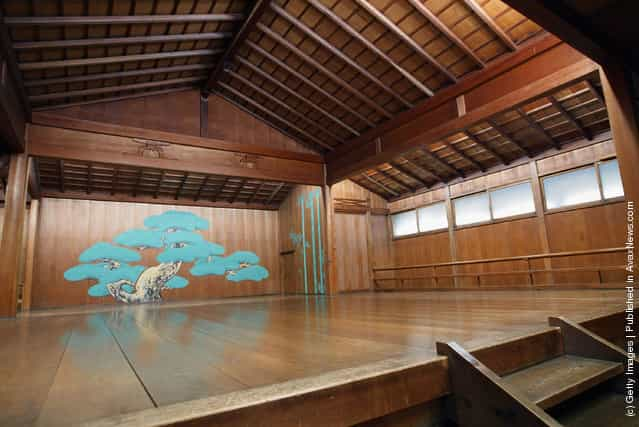

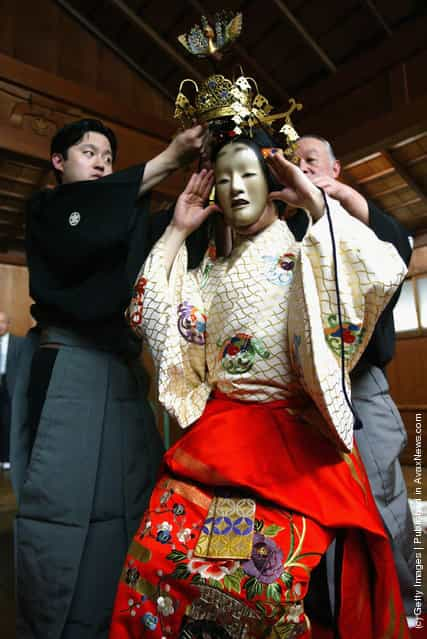
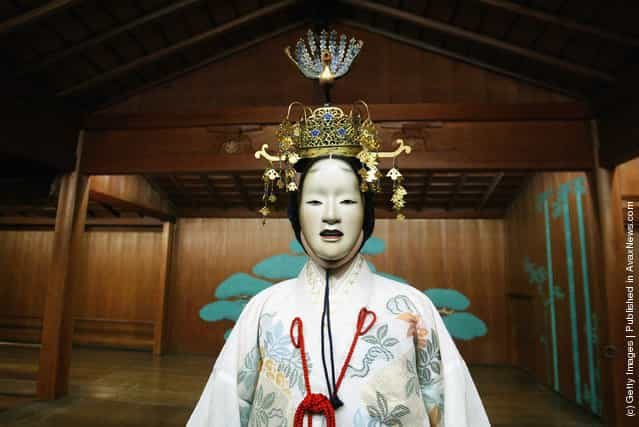
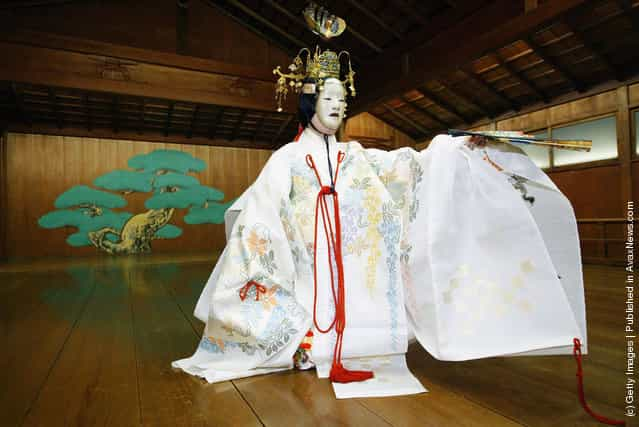
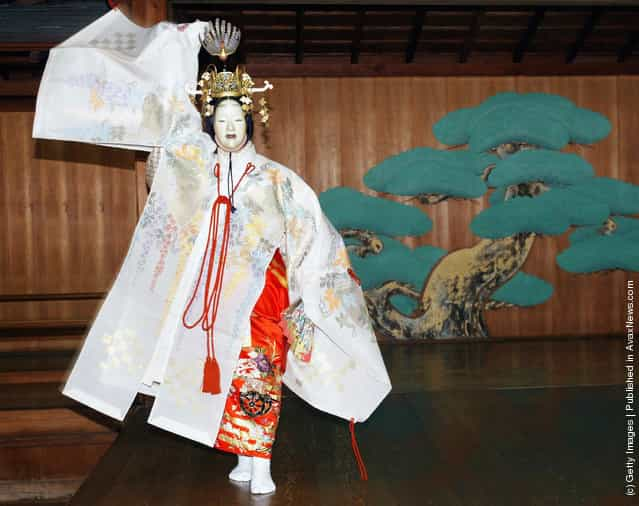
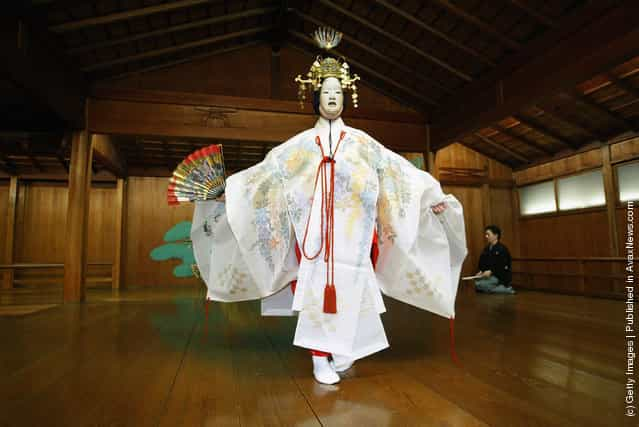
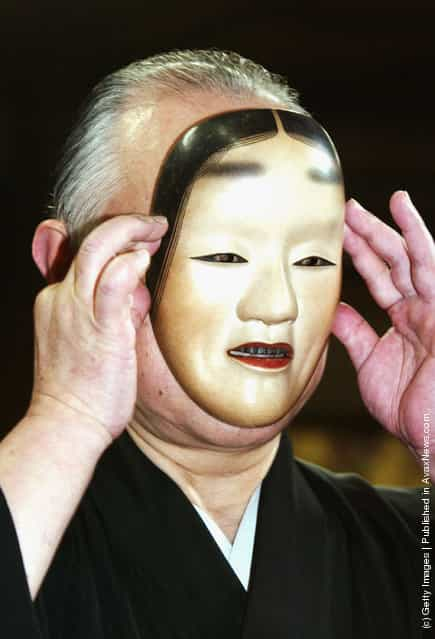
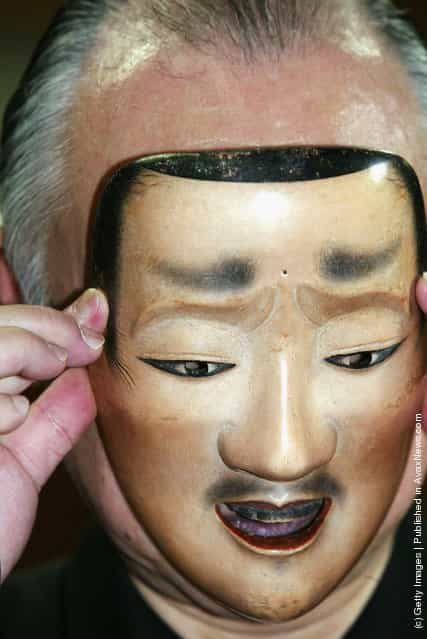
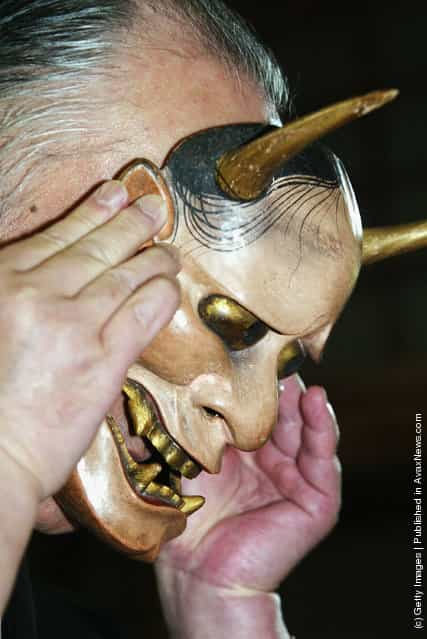
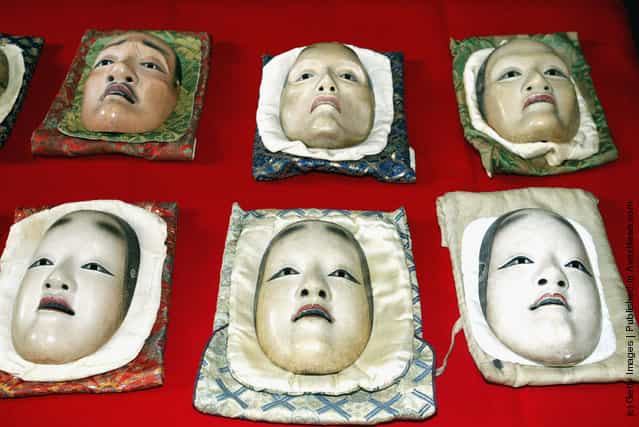


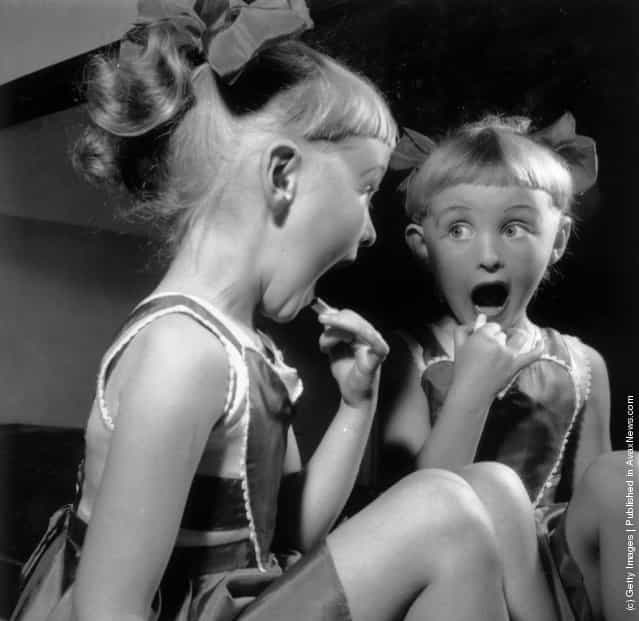
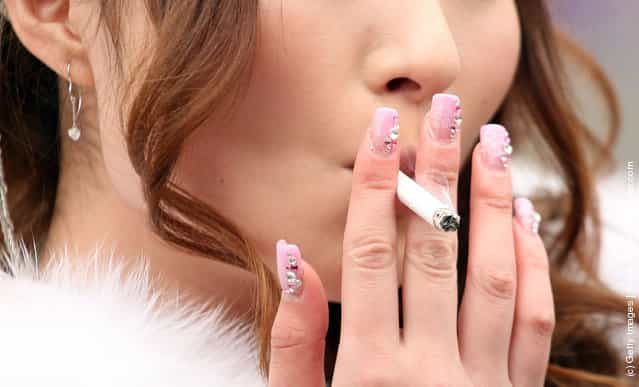
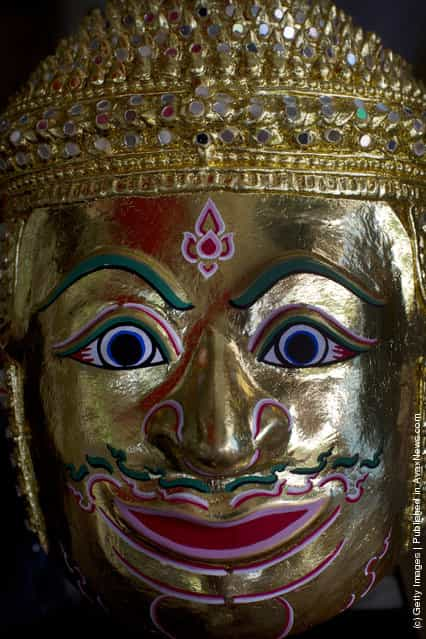



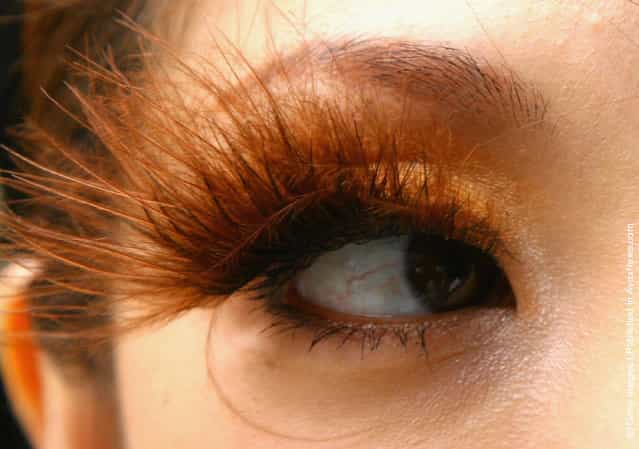

![Rare [Hybrid] Total Solar Eclipse Rare [Hybrid] Total Solar Eclipse](http://img.gagdaily.com/uploads/posts/fact/2013/short/00010c55_medium.jpg)






